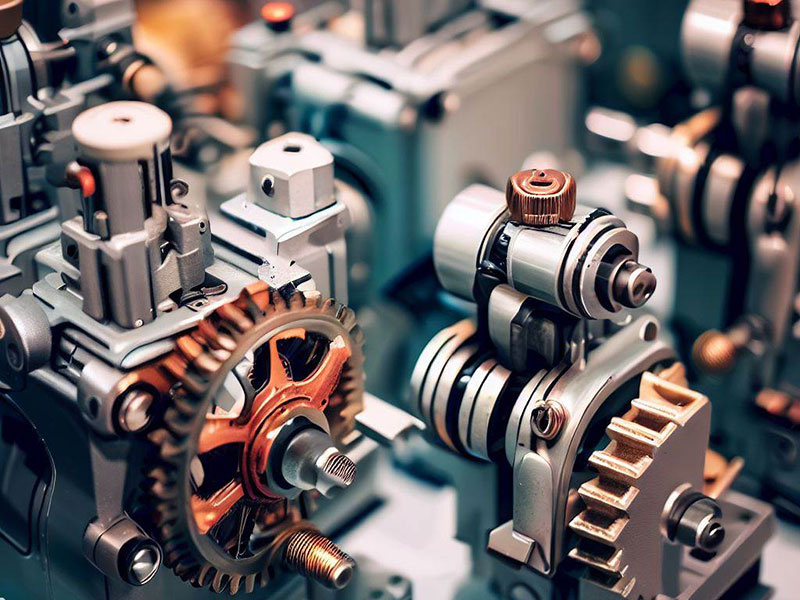Gear Transmission Technology Exchange
Gear transmission technology refers to the methods and systems used to transmit power or motion from one part of a machine to another through the use of gears. Gears are toothed mechanical components that mesh together to transfer torque and rotational motion between shafts or axles. They are commonly used in various applications, including automobiles, industrial machinery, bicycles, and many other mechanical devices.
The key components in gear transmission technology are:
Gears: These are toothed wheels that come in different shapes and sizes. The size and shape of the gears determine the gear ratio, which influences the speed and torque output of the system.
Gear Ratio: The gear ratio is the ratio of the number of teeth between two meshing gears. It determines how much the input speed and torque are amplified or reduced at the output.
Gear Train: A gear train consists of multiple gears that are meshed together to transmit motion and power from one end to another. Different configurations of gears in a gear train can create various speed and torque outcomes.
Transmission System: The transmission system in vehicles is a classic example of gear transmission technology. It uses various gears and gear trains to change the speed and torque ratios between the engine and the wheels, enabling the vehicle to operate efficiently at different speeds and loads.
Gear transmission technology offers several advantages, including efficiency, compactness, and precise speed control. It allows engineers to design systems with the desired mechanical advantages for specific applications, making it an essential part of various industries and machines.
